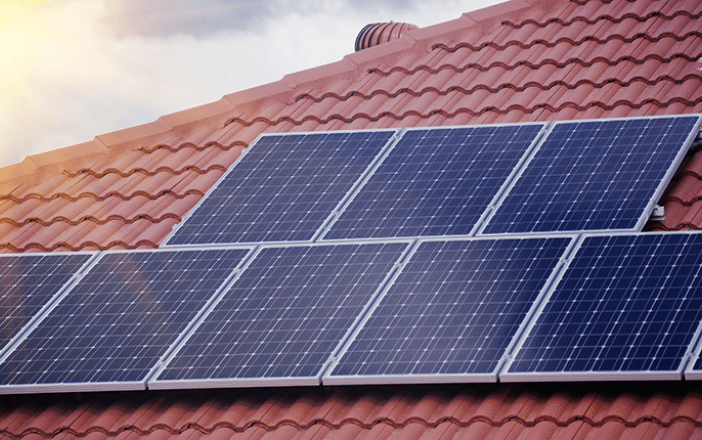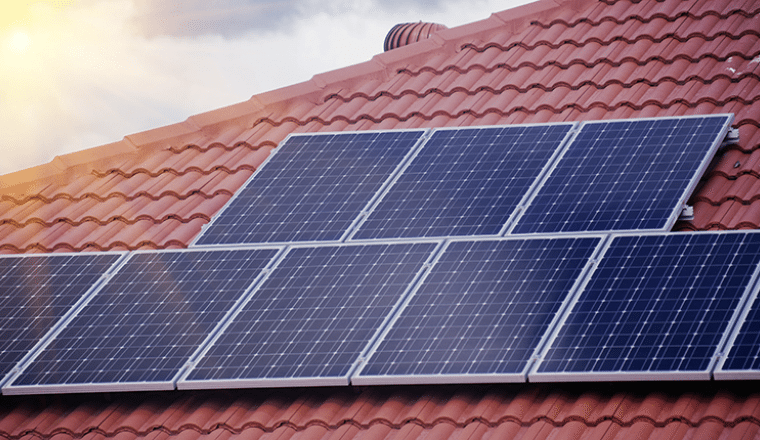
One of Australia’s hottest renewable energy sectors, residential solar, has chalked up another major milestone, with the number of households to have installed rooftop PV passing the two million-mark.
The achievement, notched up last week, was announced by the Clean Energy Council on Monday – around five years and 7 months after Australia reached 1 million solar homes – alongside its own tally of the nation’s top solar postcodes.
It’s a remarkable achievement for a sector that just keeps breaking records, as growth heads in one direction and costs in the other. And it’s worth noting that just 10 years ago there were only about 20,000 systems installed across the entire country.
Month after month we have seen record-breaking growth that, as the chief of the Australian Energy Market Operator likes to put it, averages out to six rooftop solar panels installed every minute somewhere around the country. If you count panels from large-scale solar, it’s more like 12-20 per minute.
Like the data from the Clean Energy Regulator last week – which highlighted the top solar postcode for each state and territory – the CEC data, put together with the help of SunWiz solar analyst Warwick Johnston, shows a rooftop solar market that is still well and truly booming, led by Queensland.
Read Warwick Johnston’s article on this topic, Why we should thank John Howard for starting the rooftop solar boom

According to the CEC, the Sunshine State currently boasts four of the nation’s top five solar postcodes, starting with Bundaberg in the state’s centre.
Mandurah in Western Australia holds second spot on the rooftop ladder, followed by three more Queensland locations: Hervey Bay, Caloundra and Toowoomba.
(Ed Note: These findings differ from those of the CER last week because the CER is counting uptake of all small-scale solar technologies, including solar hot water.)
And you can see the top three household solar postcodes for each state in the table below:

But what is really interesting to note from the CEC report, particularly as a federal election looms, is the political status of those and other top solar postcodes.
As you can see in the list below, *almost all one of the CEC’s top five solar postcodes in Queensland and WA reside in Liberal or Liberal-National Party held electorates – both at the state and federal levels.
Bundaberg, QLD. Fed MP is Keith Pitt, LNP; State MP David Batt, LNP
Mandurah, WA. Fed MP is Andrew Hastie, Liberal Party; State David Templeman, ALP
Hervey Bay, QLD. Feb, Fed MP is Keith Pitt LNP; State Ted Sorensen, LNP
Caloundra, QLD. Fed MP Andrew Wallace, LNP; State Mark McArdle, LNP
Toowoomba, QLD. Fed MP John McVeigh, LNP; State Trevor Watts, LNP
But they may not be for long, particularly if the federal government continues to play dumb on renewables and instead align itself with the nebulous concepts of “24/7” and fair-dinkum power.
As recent election and by-election results around the country have shown – and particularly strikingly in Victoria last month – voters are not only embracing renewable energy technologies like rooftop solar, they are making the connection between them and cheaper electricity.
“We’ve had a decade of polls which show strong support for renewable energy like solar and wind, yet somehow it has been beyond our federal politicians to deliver meaningful climate and energy policy during this time,” said CEC chief Kane Thornton in comments to One Step.
“So instead of looking to politicians for leadership, the people living in two million Australian homes across the country have shown they are prepared to invest their own money in solar power. This is a huge constituency, and politicians ignore this new reality at their own risk.
“All parties should be listening to their communities on this issue, because there are ultimately 3-5 million people of voting age who are unlikely to buy into a cost-of-living scare campaign about renewable energy when their lived experience is the opposite – solar power helps save money for you and your family by reducing your power bill.
“And based on the number of systems being installed, several thousand new people will have that same experience every week.”
A cursory look at the list of above candidates shows little outward sign of support for renewable energy, but it remains to be seen how they might campaign on the issue in an election.
Keith Pitt, the Member for Hinkler, which includes Bundaberg, has confirmed he will be** contesting the next federal election, but resigned from the Cabinet in August at around the time of Malcolm Turnbull’s ousting by Scott Morrison.
In a statement at the time, he said he would “always put the national interest and the interests of my constituents above my own. I will always put reducing power prices, before Paris.”
Andrew Hastie who oversees Mandurah is noted as one of the rebel Liberal Party backbenchers, alongside Tony Abbott, who brought Turnbull’s National Energy Guarantee policy undone, and then Turnbull himself.
John McVeigh, the federal member for Groom, looks to be more on the fence on renewables, although it is worth noting he was previously a state minister under former Premier Campbell Newman, who led a stridently anti-renewables government, with a particular dislike of rooftop solar.
*This article has been corrected to show that the WA suburb of Mandurah is in a Labor held state electorate, and a Liberal Party held federal seat. It was also corrected to show that the federal member for Hervey Bay is LNP MP Keith Pitt, who will be contesting the next federal election (**a previous version of the article suggested he would not).

Sophie is editor of One Step Off The Grid and deputy editor of its sister site, Renew Economy. Sophie has been writing about clean energy for more than a decade.

